10 Views
The 50 Best-Selling Vehicles In America, Year-To-Date
by
Edward Niedermeyer
(IC: employee)
Published: November 7th, 2010
Share
Trucks are staying strong, the mid-sized sedan market is getting more competitive, large sedans are enjoying a comeback, and compact crossovers are growing like gangbusters. But what else do you see in these numbers?
Edward Niedermeyer
More by Edward Niedermeyer
Published November 7th, 2010 12:58 PM

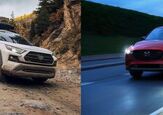
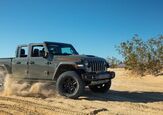
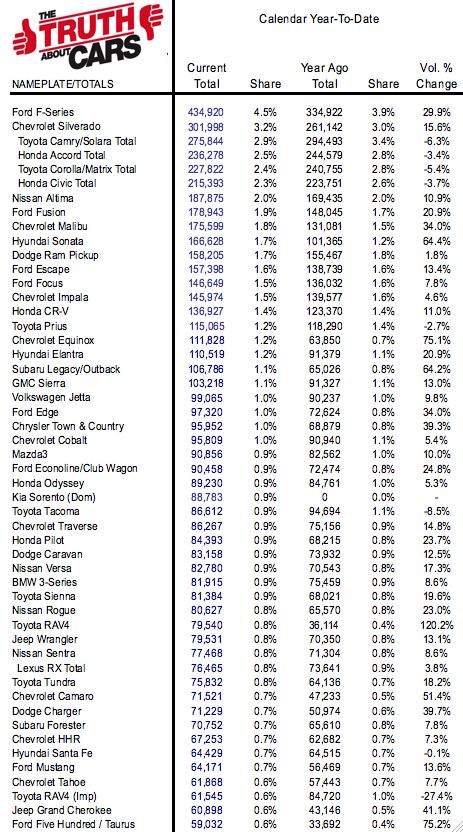













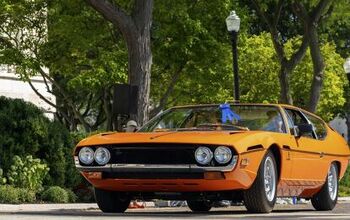
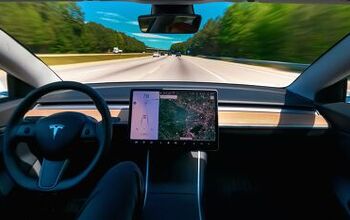
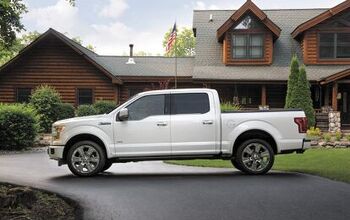
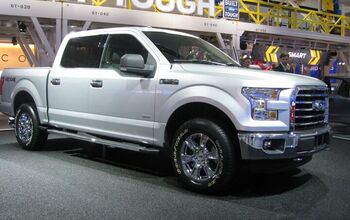
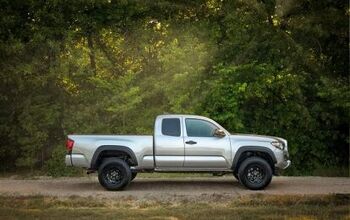
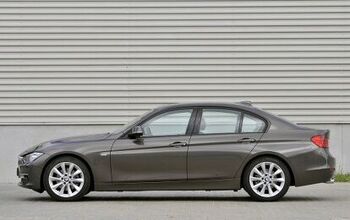

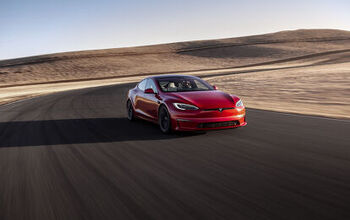
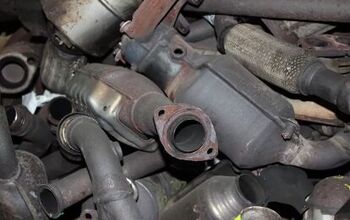
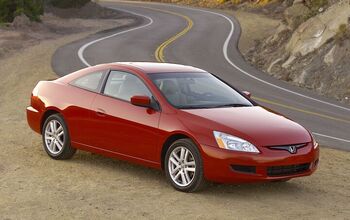
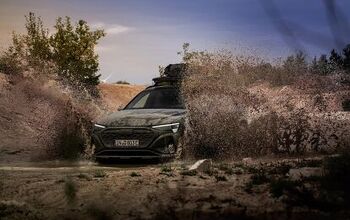
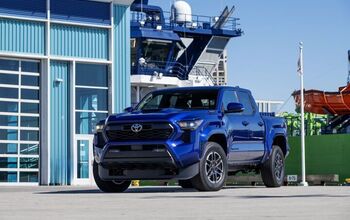
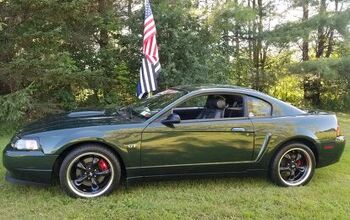
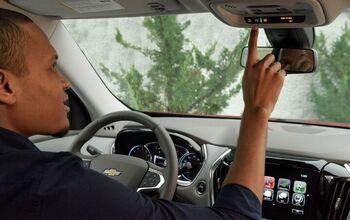
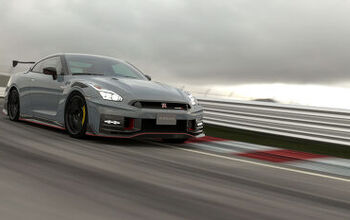
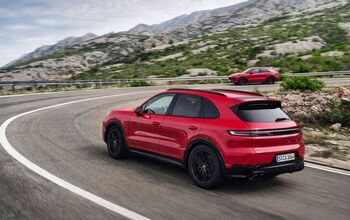

Comments
Join the conversation
Yes, MoPar products are conspicuous by their absence (and low placement). It would be interesting to see regional breakouts too - For instance, the Dodge Challenger is insanely popular in California - I see 3-4 per day on the road during my very limited commute. But it must be a dog elsewhere, since it fails to show here.
Hey guys, First of all congratulations for all the data and the analysis, thanks for sharing it this is fascinating! I'm Matt, living in Sydney and one of my little hobbies is car sales stats, and particularly by nameplate, so this kind of article rang quite a massive bell for me! For me the big story this year is definitely the strength of the Hyundai Sonata new gen. Being 10th year-to-date as per your ranking, is as far as i'm concerned already a really good achievement, but I believe one that the previous generation managed when it launched in 2006/2007 (?). However in September the Sonata reached #6 overall, that is #4 passenger car, which I think is a first for a Korean car in the US... It probably won't happen again as the new generation is probably delivering its best results before stabilizing at a slightly lower level for the rest of its career, but i think it's a pretty significant fact! I believe it is actually possible the next generation Sonata will achieve #1 passenger car, even for a month, in the US... Anyhow, thanks again for sharing the data, as I said car sales by nameplate are a bit of a hobby for me (some of my friends say it's an obsession...) and I am slowly building a blog that reports nameplate sales in as many countries as possible... up to 67 today, but still nothing about Canada :(... feel free to check it out, absolutely nothing commercial. http://bestsellingcars.wordpress.com
Sorry guys, proper link to my blog here: http://bestsellingcars.wordpress.com
Interesting to see that the Ford F-Series is also by far the best-selling vehicle in neighboring Canada, followed by the Honda Civic and the Dodge Caravan... If you are interested, I have more info here: http://bestsellingcars.wordpress.com